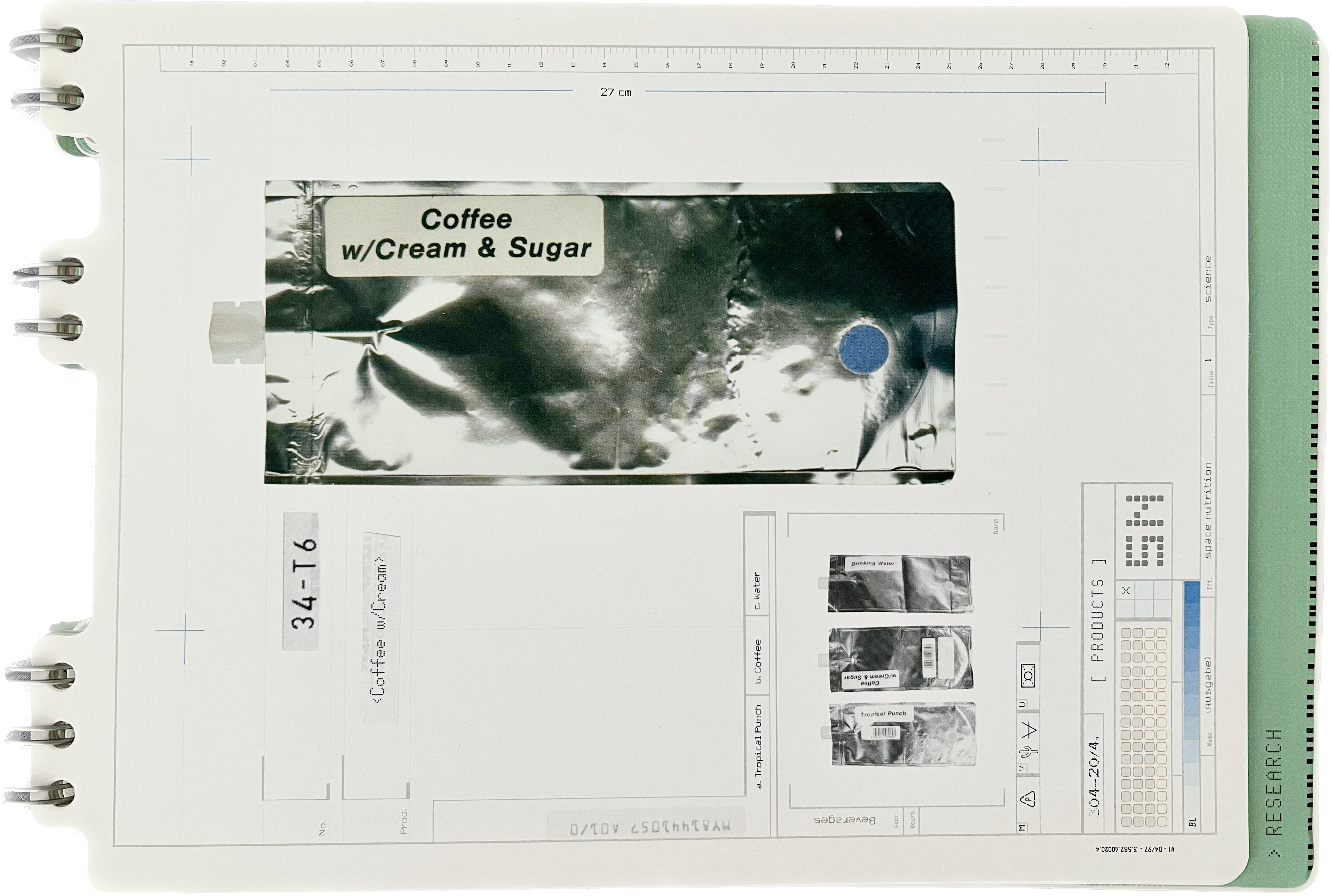Your cart is currently empty!

From Bookshelves to the Cosmos: Unraveling the Mysteries of Space Nutrition
I’m often asked where I find inspiration for my writing, and to that, I must admit, it’s often the quirkiest of places. This time, it was an old book from 1997. Sounds pretty mundane, right? But wait until you hear more.
While shuffling through my cluttered bookshelf recently, “Space Nutrition” by Anja Osterwalder made an unexpected descent into my hands. Literally! It made me chuckle and think, are there other fellow book hoarders who have books piled so precariously that they too have encountered surprise “bookfalls”?
Here’s a little tidbit about this book: It was a first edition, and only 200 copies ever made it into circulation. For the collectors among you, I can already sense your eyes gleaming with interest. But it wasn’t just the scarcity that made this book so interesting. Its design was as if it hailed from another world. The pages, laminated to perfection, were bound together by ring binders, giving it an almost manual-like feel. And here’s the real kicker: interspersed through the book were actual glued-in photo-negatives.
Now, as intriguing as the format was, the content was no less compelling. As the title “Space Nutrition” suggests, the book dives deep into the diets of astronauts in space. From understanding what they consume, to ensuring their nutritional requirements are met while in an environment that’s foreign to the human body, this book is a real gem for those intrigued by space, science, and nutrition.
But my curiosity didn’t stop there.
Thanks to the rabbit hole that is the internet, I stumbled upon a video from 1966 titled “Food For Space Travelers“. Produced by MIT in collaboration with WGBH-TV Boston, this video was a deep dive into the complexities of feeding astronauts on extended voyages. Talk about serendipity! From a random book fall to a fascinating video from the 60s, the universe seemed to be pushing me towards unravelling the mysteries of space nutrition.
The “Food For Space Travelers” video is a part of the MIT Science Reporter television program. It methodically highlights the intricacies of ensuring that astronauts are well-nourished during their space voyages. Considering the challenges of weightlessness, the video takes its viewers through the intricacies of metabolism and calorie consumption in space. There’s more to space food than just freeze-dried ice cream!
The b/w video, presented by John Fitch, brought in a slew of experts to discuss these topics. Guest speakers included the likes of Paul LaChance from the Manned Spacecraft Center in Houston, Doris Calloway from the Department of Nutritional Sciences at UC Berkeley, food technologist Donald Wescott, and nutritionist Mary Klicka from U.S. Army Labs in Natick, MA. If ever there was a dream team to discuss the challenges of space nutrition, this was it 😉.
One of the most captivating parts of the video was its deep dive into food storage and waste disposal in space. Considering the confined spaces and the sheer duration of certain missions, ensuring that food remains uncontaminated and waste is efficiently dealt with is paramount. This unique challenge of space travel, combined with the human body’s ever-present need for adequate nutrients, creates a puzzle that requires interdisciplinary expertise to solve.
The big takeaway from this MIT video and Anja Osterwalder’s “Space Nutrition”? Space isn’t just the final frontier for astronomers and physicists; it’s a vast uncharted territory for nutritionists, food scientists, and technologists as well.
In conclusion, nutrition in space is a compelling domain, laden with challenges and mysteries yet to be unlocked. The journey from Osterwalder’s unique book to the treasure trove of information from MIT’s 1966 video was a testament to the timeless nature of human curiosity. It’s a call to all of us to keep exploring, keep learning, and keep reaching for the stars—whether it’s in understanding the cosmos, or simply figuring out what to have for dinner when you’re a few thousand miles above Earth.
And for those who love to delve deep into the interplay of food, science, and space, I cannot recommend enough both the book “Space Nutrition” and the video “Food For Space Travelers”. Your journey into the cosmos, at least gastronomically, awaits!
John Townsend Fitch was an American television presenter who passed away on November 28, 2020 at the age of 94 in Boston, Massachusetts. He studied at the Massachusetts Institute of Technology (MIT), majoring in electrical engineering. In addition to being an emcee, he was a lifelong jazz enthusiast.
